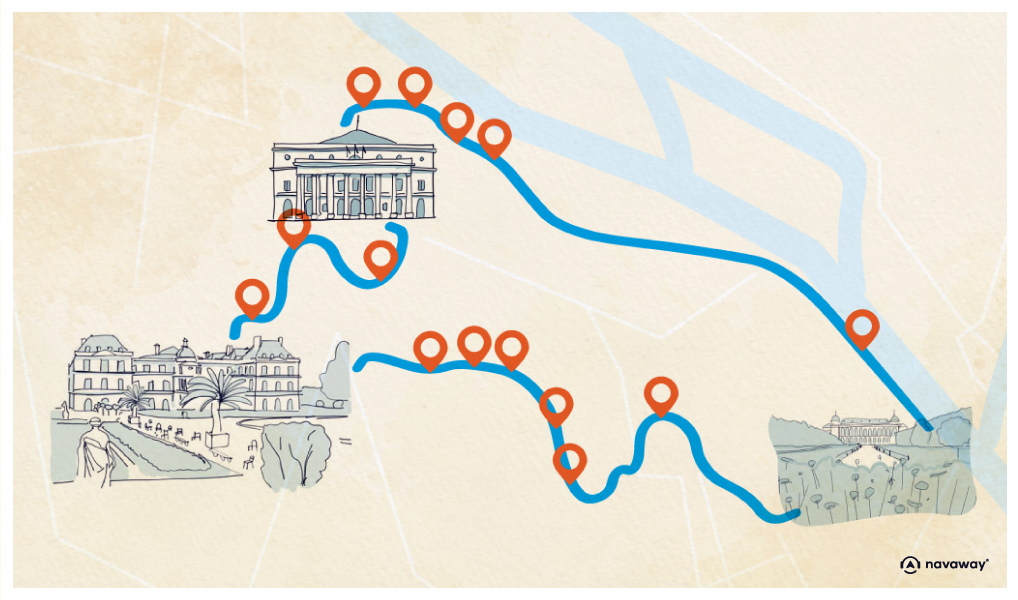
Saint-Michel Fountain
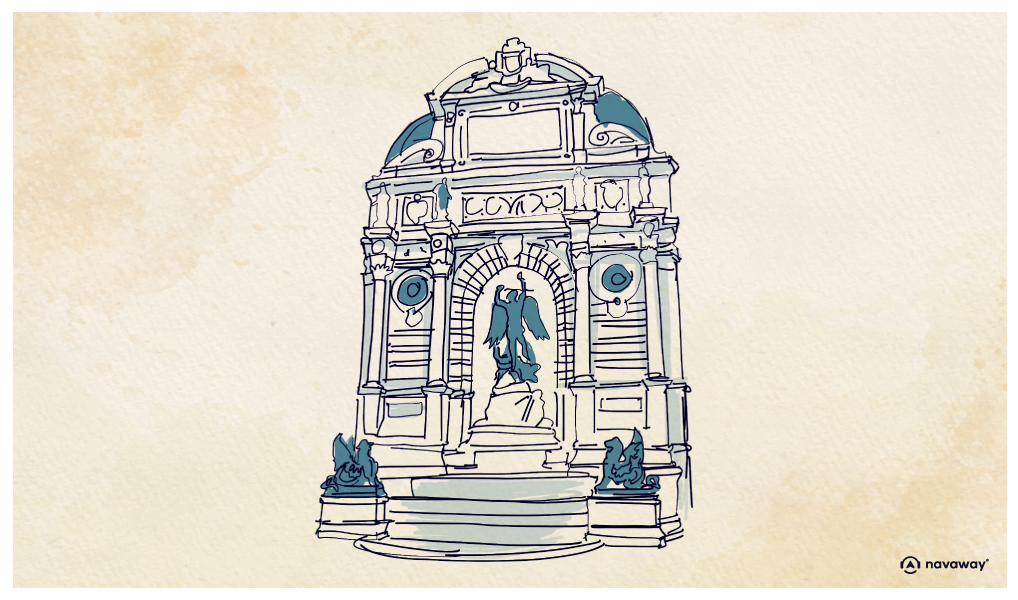
This point of interest is available as audio on the tour: Visit Paris, Sorbonne University, Pantheon and Luxembourg Gardens
Imagine yourself back in time, for then, you’d be standing within the ancient city walls, near the Saint-Michel Gate, which stood a little further south, marking one of the entrances to the medieval city. Paris was much smaller back then, its center nestled on the Île de la Cité. In the Middle Ages, the city was surrounded by the walls built by Philippe Auguste in the late 12th century. It’s one of the oldest urban fortifications whose layout we know with certainty. Back then, Saint-Michel Square was located near the Luxembourg Gardens. The square you see now, with its massive fountain, is a more recent addition, dating from 1855. It was born from the ambitious modernization plans of Baron Haussmann under Napoleon III. The goal was to address the pressing issues of the 19th century: unsanitary conditions, public health, and road traffic. Haussmann launched a number of large-scale projects, including the construction of the Saint-Michel Boulevard. The medieval alleyways became grand boulevards, sewer systems were built, the city grew and green spaces were created. Once the Saint-Michel Boulevard was completed, Baron Haussmann felt that the corner where it met the Saint-André-des-Arts Street lacked appeal, and decided to build a fountain to accentuate it. There were several ideas on the table, including the erection of a huge statue of Napoleon I. Ultimately, they chose to depict “The struggle of Good against Evil,” a nod to the Saint-Michel Chapel that was demolished almost a century earlier. The project was entrusted to Gabriel Davioud, a renowned architect and associate of Haussmann, who would go on to create a number of major Parisian landmarks. The fountain shows the biblical battle where Archangel Michael triumphs over the Devil, symbolizing the triumph of Good over Evil. It’s framed by a triumphal arch and flanked by winged chimeras, water spouting from their mouths. The bronze statues atop the columns represent the four cardinal virtues, while the pediment shows Power and Moderation holding hands beneath the coat of arms of Paris. That’s right, it’s a boat! It symbolizes the city’s historical reliance on the Seine River for trade and commerce. On to our next point of interest, down Saint-André-des-Arts Street.

Discover other tours to visit Paris

Discover Paris with app
An interactive guide through the most beautiful streets, squares, and districts
18 fun audioguides full of historical facts, anecdotes, and legends
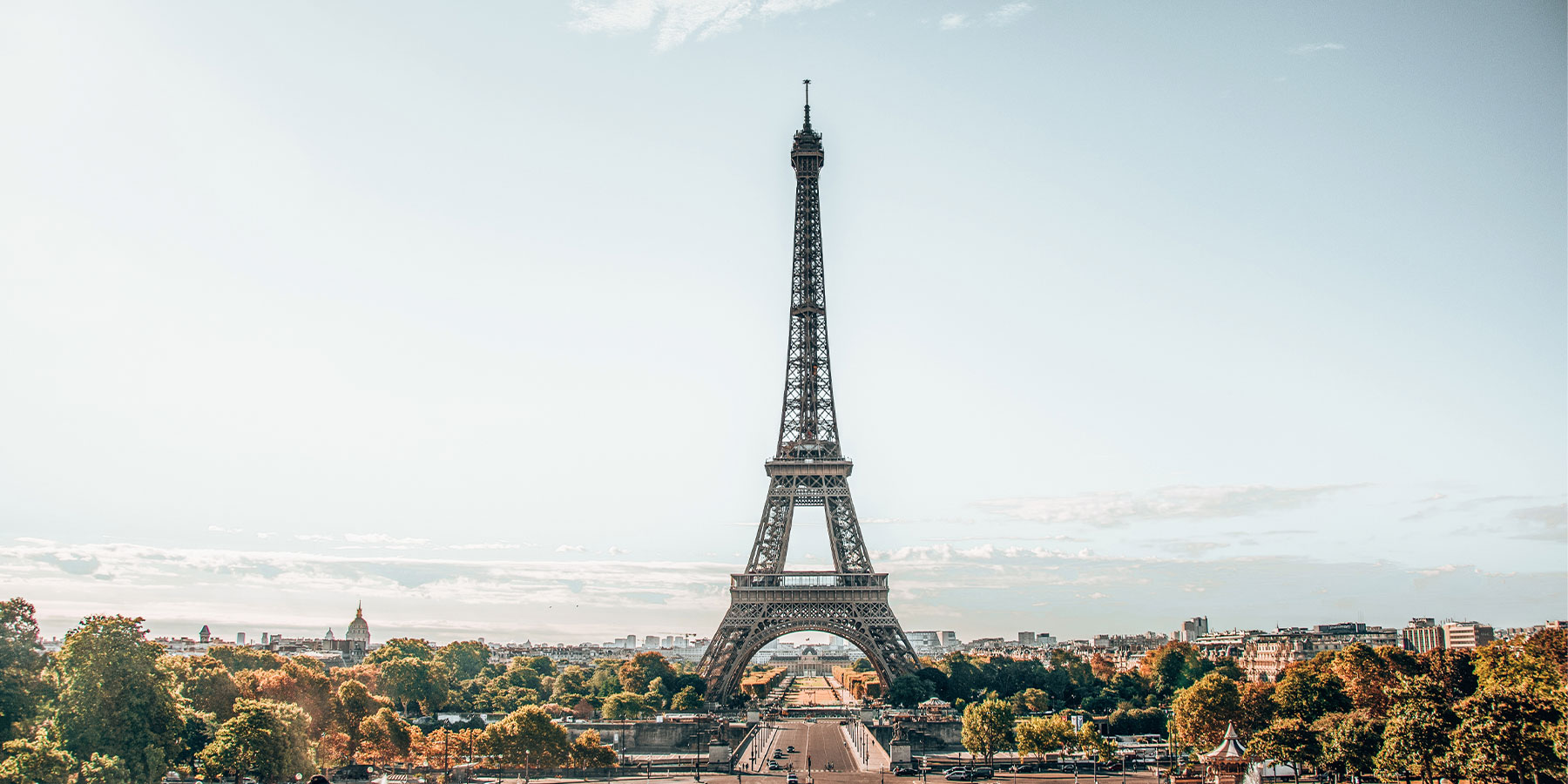

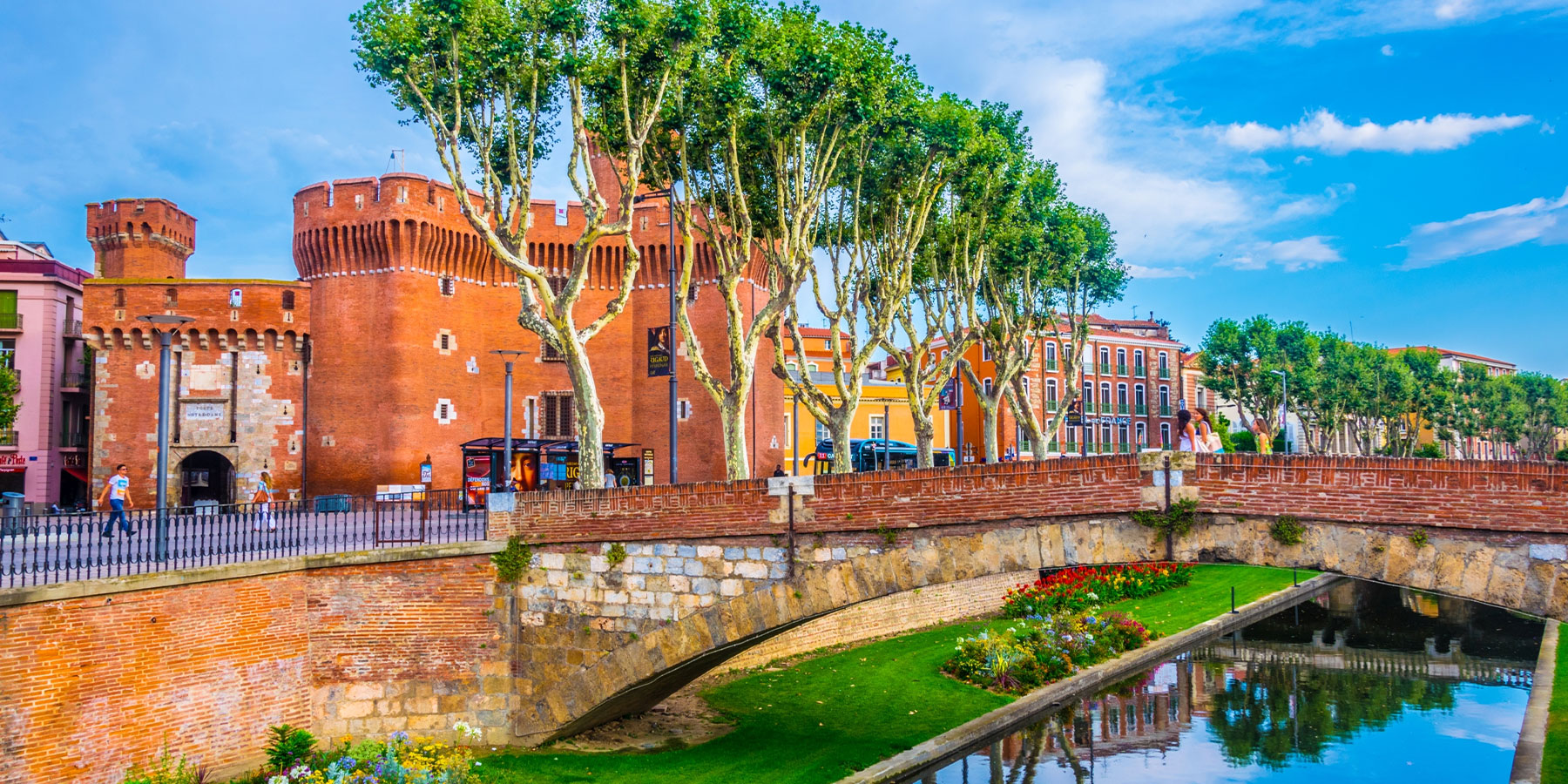
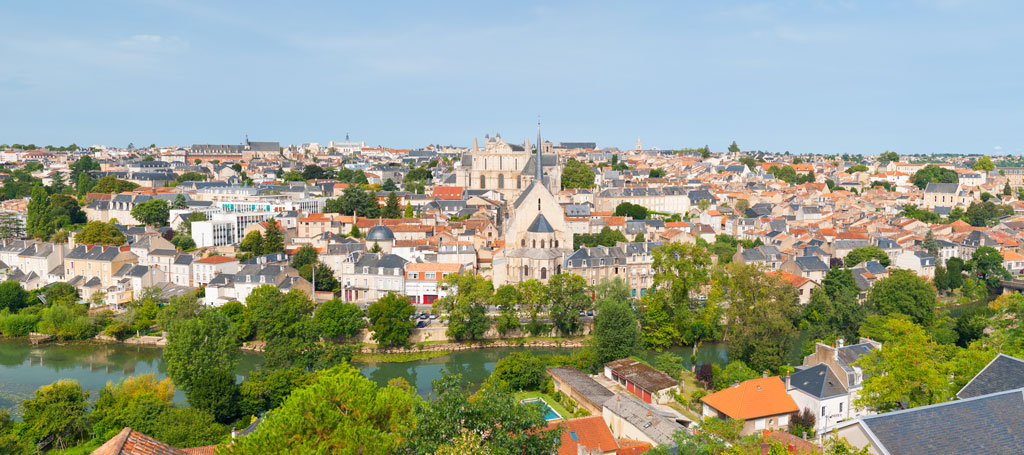


Comments